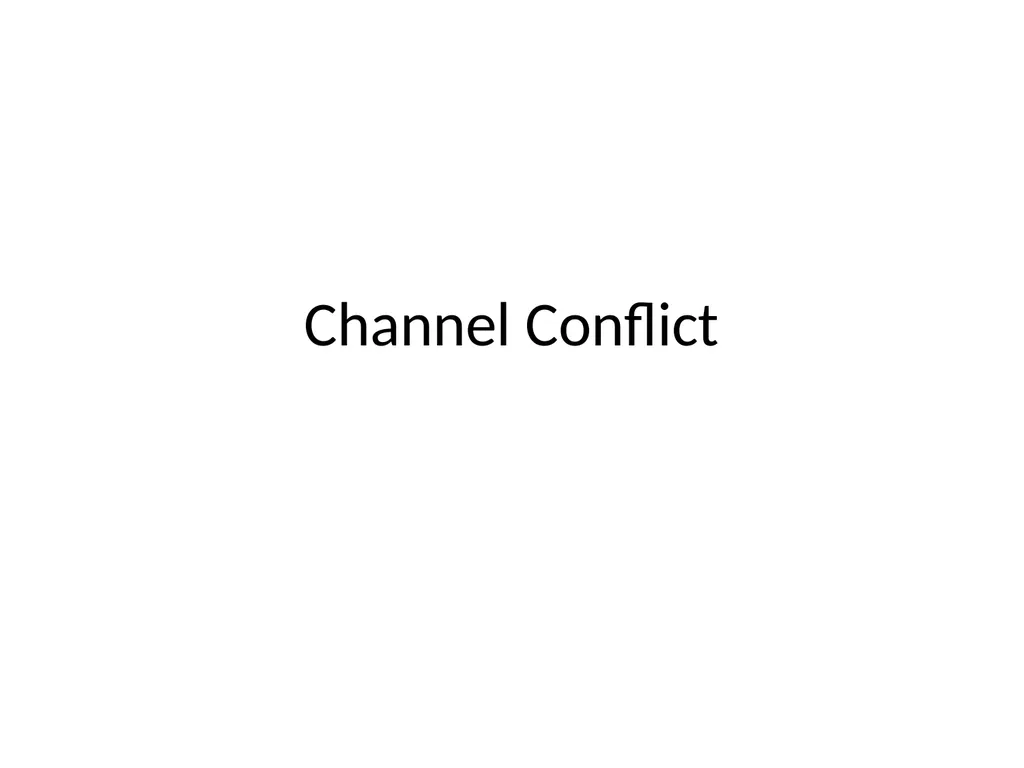
Channel Conflict Definition: Channel conflict can
Author: lindy-dunigan | Published: 2025-05-29
Description: Channel Conflict Definition: Channel conflict can be explained as any dispute, difference or discord arising between two or more channel partners, where one partners activities or operations affect the business, sales, profitability,
Download Presentation
Download the PPT/PDF: Download
Transcript:
Loading transcript…